Who doesn't love redheads?
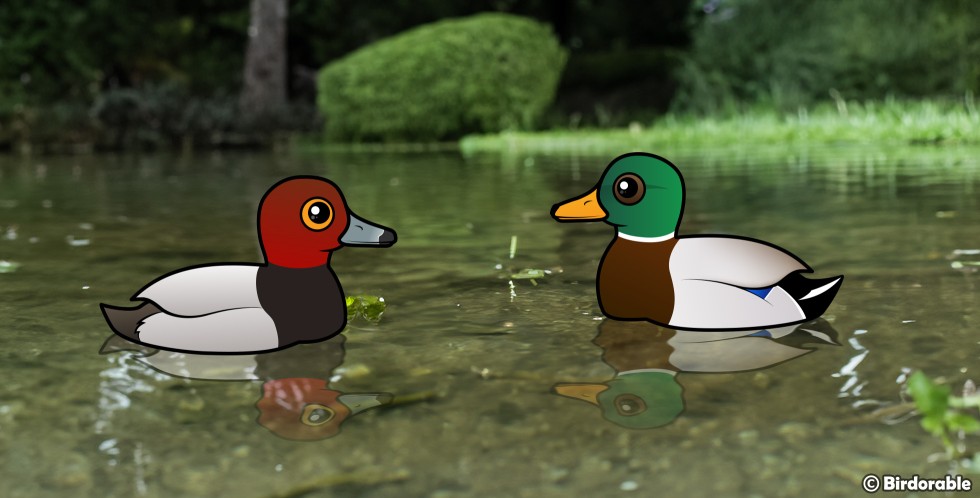
Redheads versus Mallards – it's the playful debate that bird enthusiasts might chuckle over while enjoying a day out in the field. In our latest Birdorable design, we're tipping our hats to the Redhead, a species whose understated elegance often goes unnoticed next to its more famous cousin, the Mallard. It's all in good fun, of course, because every birder knows the value of each feathered friend that graces our waterways.
Redheads are commonly found in the wetlands of western North America. With their rich chestnut-red heads and striking black chests, they bring a splash of color to the ponds, bays, and lakes they frequent. These ducks are divers, using their strong legs to propel them underwater in search of food, which makes them quite fascinating to observe.
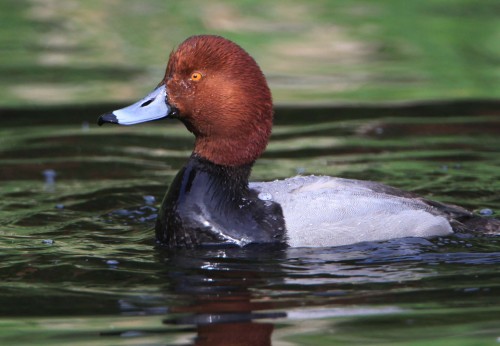
Redhead by Nigel (CC BY 2.0 DEED)
While they might be seen in small, intimate groups during much of the year, the winter months tell a different story. It's during this time that the Redheads truly show their social side, gathering in massive, awe-inspiring flocks that can number in the tens of thousands. These gatherings are not just a spectacle for birdwatchers; they represent an important phase in the ducks' life cycle, providing safety in numbers and better opportunities for finding food during the leaner months.
The migratory patterns of the Redhead are equally impressive. As the cold sets in, they travel to overwinter in milder climates, including the southern and northeastern United States, areas around the Great Lakes, northern Mexico, and even as far as the Caribbean.
So, let's give a round of applause to the Redhead, a bird that may not always grab the headlines but certainly deserves a moment in the spotlight. With Birdorable, you can wear your Redhead pride for all to see, and who knows? You might just sway a few Mallard fans in the process.




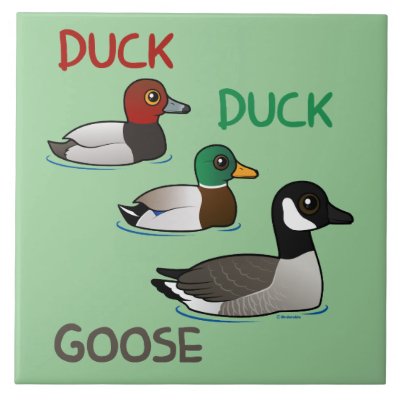


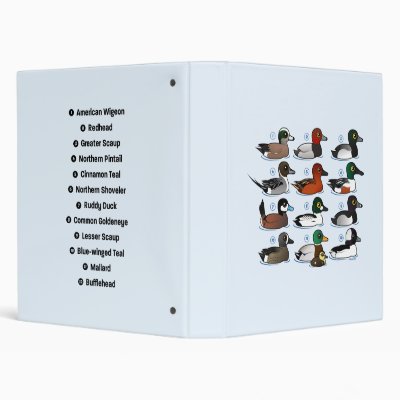

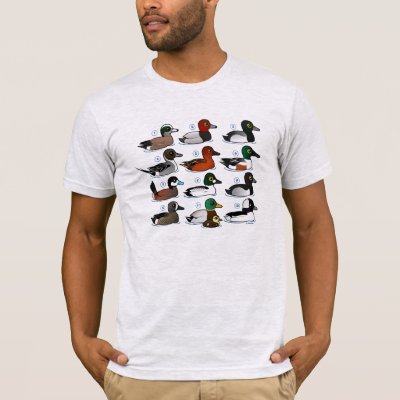




Comments
Be the first to comment
Thank you!